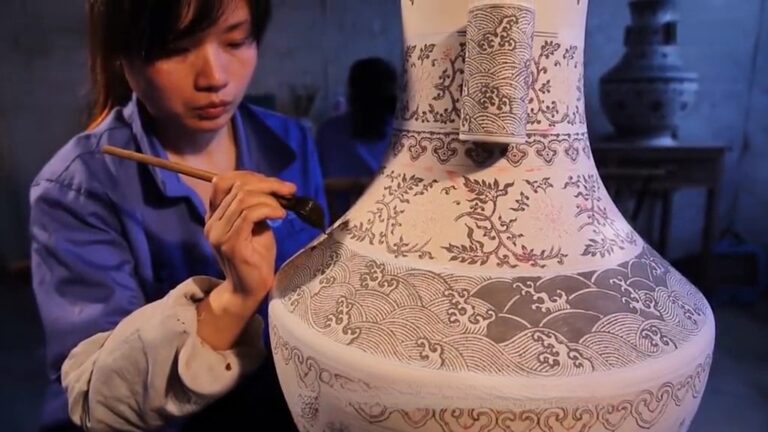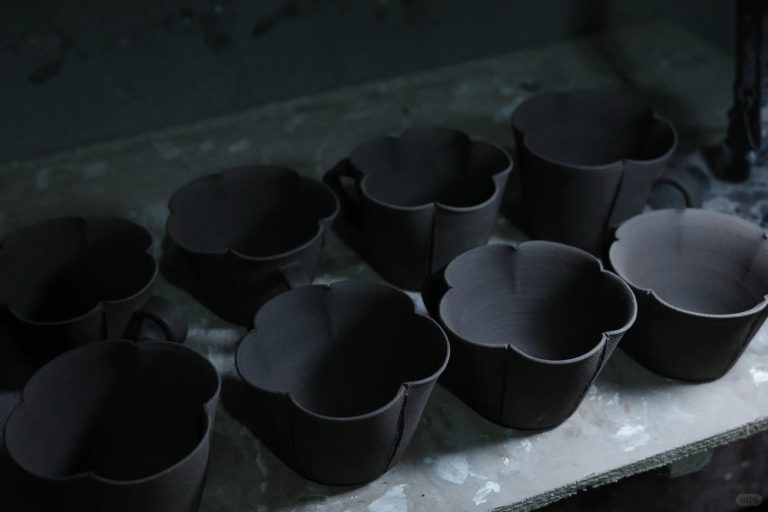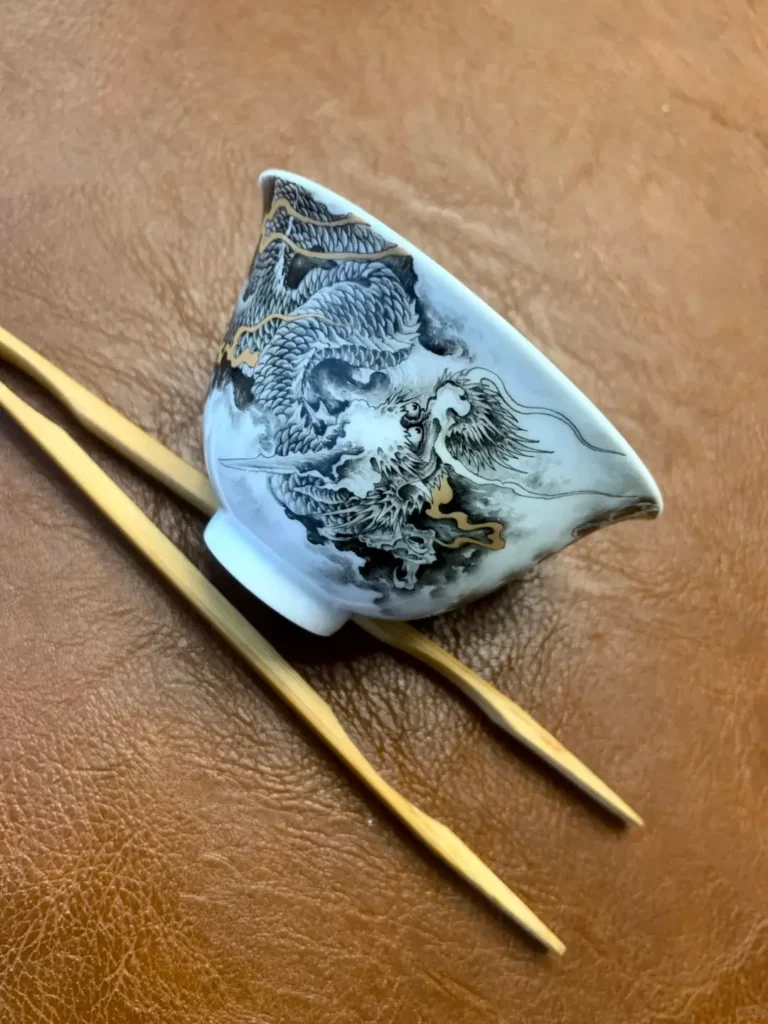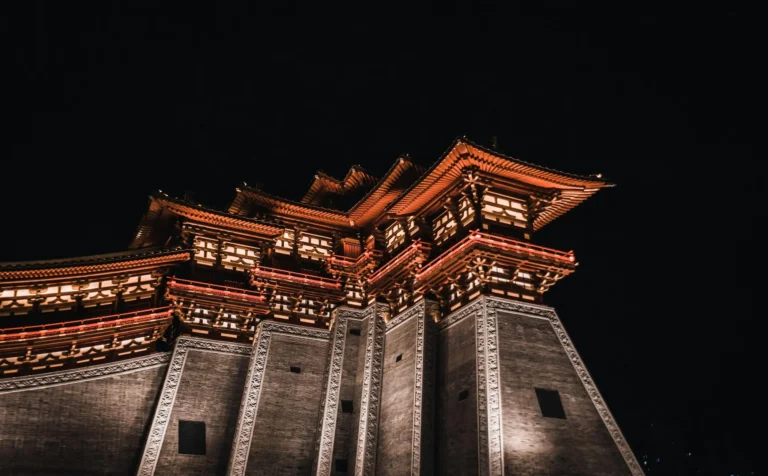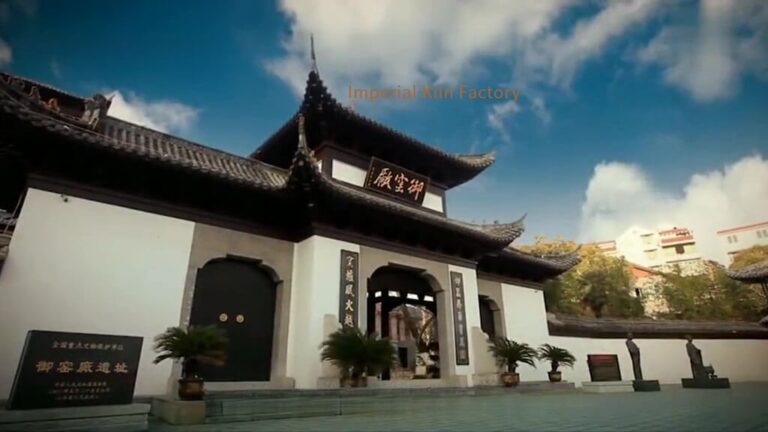Jingdezhen’s handmade ceramics Introduction
“In 2012, the market share of Jingdezhen handmade ceramics plummeted by 40%, yet today this ancient industry has achieved a tenfold growth—behind this remarkable turnaround lies the wisdom code of traditional Chinese craftsmanship.” Professor Zhang from Jingdezhen Ceramic University points out: “The fingerprint-like crackle glaze of handmade porcelain is a unique language that machines cannot replicate.” While industrial ceramics are mass-produced at a rate of one piece every 20 minutes, Jingdezhen artisans still insist on spending seven days refining a single piece. (Note: “开片” is translated as “crackle glaze,” a technical term for the intentional crackling effect on ceramic surfaces. The phrasing has been adjusted for natural English flow while preserving the original meaning, including the emphatic quotation format.)
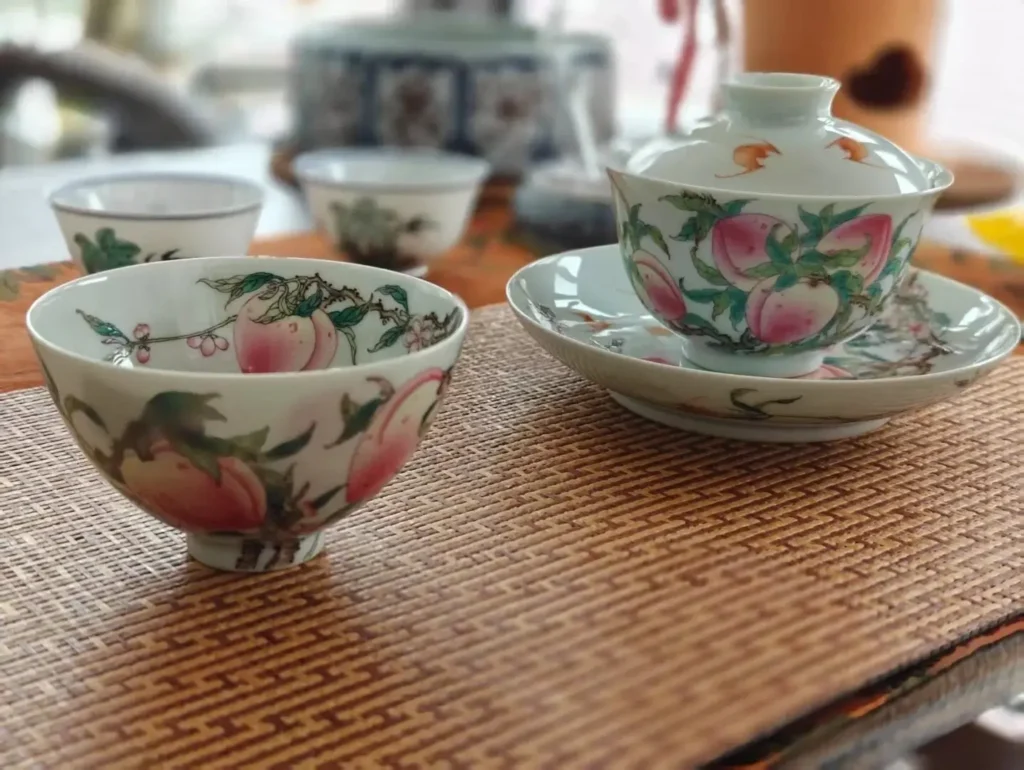
1. Jingdezhen’s handmade ceramics Price Impact and Market Transformation Driven by External Competition
The rise of Dehua porcelain and Chaozhou porcelain significantly reshaped the Jingdezhen ceramic industry. These regions achieved large-scale, low-cost production through mechanized manufacturing and the widespread use of decal technology, which gave them a pricing edge over traditional handmade ceramics. In 2012, Mudan Ceramics was hit hard by this shift. Dehua and Chaozhou ceramics quickly dominated the mass market with vibrant chemical glazes and standardized shapes, appealing to the basic needs of everyday ceramics consumers. Although these industrialized products offered color variety and uniformity, their designs lacked artistic depth and individuality.
Faced with this challenge, Mudan Ceramics conducted thorough market research and recognized the unique value of handmade ceramics. Unlike mass-produced items, each handmade ceramic piece embodies the artist’s creativity and craft, offering irreplaceable uniqueness. As consumer demand for personalized products increased, Mudan Ceramics committed to preserving traditional craftsmanship while also enhancing their internal processes. By recruiting top ceramic artists and skilled artisans, the company drove continuous innovation in technique and successfully replicated classic works while achieving breakthroughs in traditional craftsmanship.
By 2016, the demand for art ceramics had revived, and handmade ceramics regained popularity. Jingdezhen’s handmade ceramics market has grown significantly, with sales more than ten times higher than in 2012. Several emerging studios have flourished, with some even attracting investments of over ten million yuan, demonstrating substantial growth potential.
2. Challenges of Industrialization and Transformation for Jingdezhen’s Handmade Ceramics
Jingdezhen’s local ceramic factories have made impressive strides in industrializing their production. By incorporating modern equipment and refined management, these factories significantly improved production efficiency and reduced costs, allowing them to establish a competitive edge in the mid-to-low-end daily-use ceramics market. The application of digital technologies further optimized production processes and quality control, enhancing product precision and consistency. Additionally, continuous innovation in materials and techniques has enabled Jingdezhen ceramics to refine details and express creative ideas.
However, the resurgence of the handmade ceramics market presented a new challenge. While the demand for artistic ceramics has increased, the nature of handmade production makes scaling difficult. Some studios, in an attempt to increase output, adopted assembly-line methods, but this resulted in a loss of the artistic dynamism inherent in handmade ceramics. These industrialized efforts, while increasing short-term productivity, were rejected by the market due to a decline in quality. The market is not simply looking for more ceramics—it desires unique, artistic pieces that resonate with consumers’ aesthetic and emotional needs.
3. Diversified Ecosystem of Independent Studios and Brand Development
The Jingdezhen ceramic industry is evolving into a more diverse ecosystem. Many academic studios, supported by the region’s rich ceramic heritage and high-quality educational resources, are blending traditional craftsmanship with modern design concepts. These studios are producing works that combine artistic value with cultural depth. Not only do these studios hold a prominent position in the domestic market, but they are also attracting attention from the international art community.
Moreover, creators from both domestic and international art institutions have infused new life into Jingdezhen ceramics. By integrating contemporary art elements with traditional techniques, they are producing innovative works with distinctive modern characteristics. Notably, artists from Japan, South Korea, Europe, and the United States have established studios in Jingdezhen, pushing the boundaries of ceramic art. These cross-cultural creative practices have not only enriched Jingdezhen’s artistic expression but also contributed to the globalization of Jingdezhen ceramics. Their works are featured in major international art exhibitions, offering new opportunities for Jingdezhen ceramics to shine on the world stage.
4. Development Strategies and Market Positioning of High-End Kiln Brands
Jingdezhen’s high-end kiln brands, including Peony Ceramics, have steadily grown in recent years. Amidst global economic uncertainty, these brands have adopted cautious strategies, with restraint in new product development and market expansion. They continue to focus on a boutique sales model that emphasizes quality control and customer loyalty. Despite their cautious approach, these brands remain committed to preserving traditional craftsmanship while incorporating modern design elements.
These high-end brands are known for their exquisite craftsmanship, elegant forms, and unique designs, making them popular among collectors and art connoisseurs. Their market presence extends beyond China, gradually gaining recognition in the international ceramic collection space. This dual focus on heritage and innovation is paving the way for the global expansion of Jingdezhen ceramics, and these brands serve as models for how tradition and innovation can coexist to ensure the future of Jingdezhen ceramic art.

